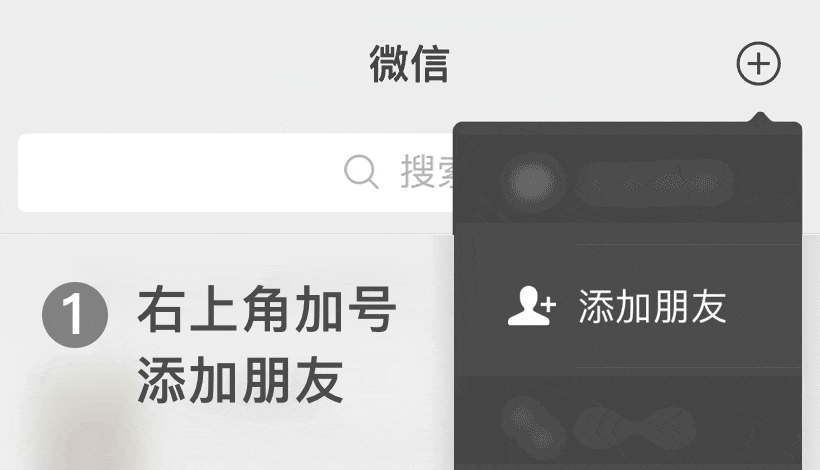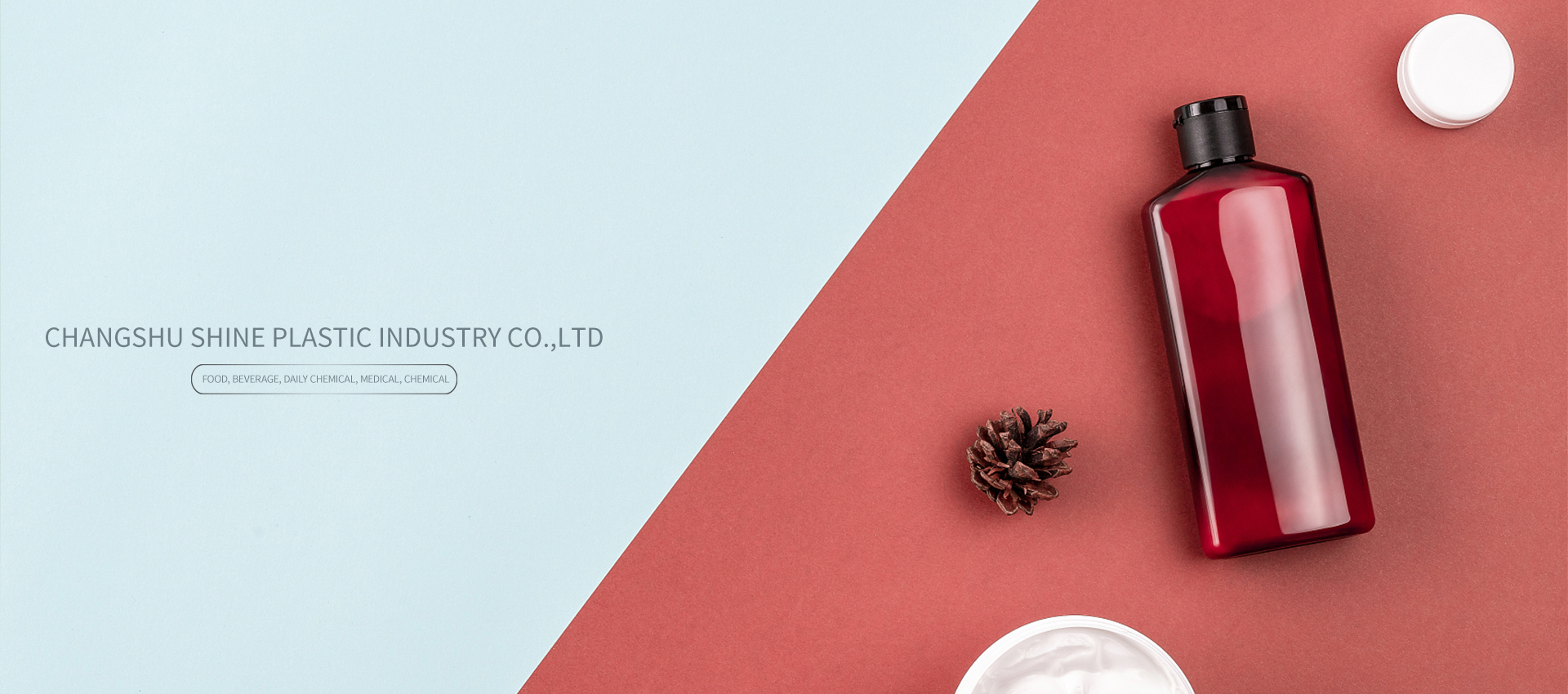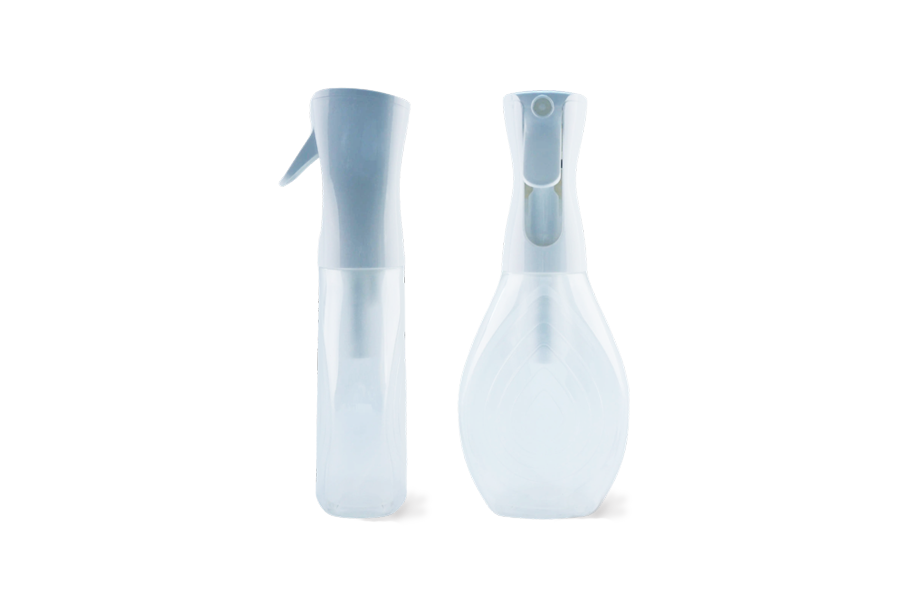
You Are Here:Home > News Center
> Industry Dynamics
News navigation
Recommended news
Why are PET plastic bottles suitable for large-scale production
source:www.g36x.com | Release time:2025-05-19
The reason why PET plastic bottles are suitable for large-scale production is mainly due to their comprehensive advantages in material properties, processing technology, cost advantages, and market demand matching. Analyze from six key dimensions:
1、 Stable supply of raw materials and controllable costs
1. Wide range of raw material sources
The raw materials for PET production are purified terephthalic acid (PTA) and ethylene glycol (MEG), both of which are mature products in the petrochemical industry chain. The global production capacity is sufficient (such as the PTA production capacity exceeding 90 million tons in 2023), and the price fluctuations are relatively smooth, ensuring the stability of raw materials for large-scale production.
2. Low production cost
Under the same volume, the raw material cost of PET bottles is only 1/3 to 1/2 of that of glass bottles.
During large-scale production, PET resin procurement can enjoy bulk discounts, further reducing single bottle costs.
2、 Efficient processing technology and suitable for industrial production
1. Mature injection blow molding process
PET bottles are mainly produced through a two-step injection molding blow molding process:
Step 1 (injection molding): Heat and melt PET particles, inject them into the mold to form a transparent "preform" (similar to a test tube shape), and the production cycle of a single preform only takes 10-30 seconds.
Step 2 (blow molding): Heat the preform to the softening point (about 90-120 ℃), and inflate it into a bottle shape through compressed air. The single cavity mold can produce 2000-5000 bottles per hour.
Advantages: With a high degree of process automation, unmanned production can be achieved throughout the entire process (such as equipped with robotic arm feeding and visual inspection systems), and the daily production capacity of a single production line can reach millions of units.
2. The mold design is flexible and easy to replace
Strong universality of molds: The same blow molding machine can produce bottles of different specifications (such as 300ml~20L) and shapes (round, square, irregular) by changing the mold, and the debugging time only takes a few hours.
Long mold life: Made of aluminum alloy or steel, a single mold can produce millions of times, reducing long-term production costs.
3. Low production energy consumption
Compared to the high-temperature melting of glass bottles (above 1500 ℃), PET bottle processing only requires a temperature of 200-280 ℃, reducing energy consumption by about 70%.
Modern factories generally adopt energy-saving heating systems (such as electromagnetic induction heating) and waste heat recovery technology to further reduce carbon emissions.
3、 Adapting material properties to meet the demands of large-scale production
1. Good melt flowability
PET resin has moderate viscosity in the molten state, making it easy to fill complex mold cavities and suitable for high-speed injection molding (with a firing rate of up to 100-300mm/s), avoiding production interruptions caused by material viscosity.
2. Fast cooling speed
After blow molding, PET bottles can be quickly cooled and shaped at room temperature (with a cooling time of about 5-10 seconds), without the need for additional cooling equipment, improving production efficiency.
3. Excellent tensile performance
During the blow molding process, PET molecular chains are oriented along the axial and circumferential directions of the bottle, giving the bottle high strength (resistance to internal pressure up to 1.2-1.5MPa), suitable for high-speed assembly line transportation and filling operations (such as high-pressure filling of carbonated beverages).
4、 The diminishing marginal cost effect of large-scale production
1. Dilution of equipment investment
The initial investment for a fully automated PET bottle production line can reach tens of millions of yuan, but as the output increases, the equipment depreciation cost per bottle is significantly reduced (such as increasing the annual output from 100 million to 1 billion, reducing the equipment cost per bottle by 90%).
2. Supply chain synergy effect
Large PET bottle manufacturers typically establish long-term partnerships with upstream resin manufacturers (such as Hengli Petrochemical and Wanhua Chemical) and downstream filling companies (such as Coca Cola and Nongfu Spring) to reduce logistics and transaction costs through centralized procurement and nearby transportation.
Large scale enterprises can build their own recycling systems and use recycled PET (rPET) to further reduce raw material costs (rPET prices are 10% to 30% lower than raw materials).
5、 The market demand is huge and the standardization level is high
1. Rigid demand supports mass production
Every year, over 500 billion PET bottles are consumed globally, mainly used in fields such as beverages, food, and daily chemical products. The market demand continues to grow, with an annual growth rate of about 5% for bottled water.
Top companies such as Coca Cola and Nestle have highly standardized packaging specifications (such as 500ml round bottles and 1.5L square bottles), making it easier for manufacturers to adopt large-scale production models.
2. Quickly respond to market changes
When there is a new demand in the market, such as small bottle beverages and environmentally friendly transparent packaging, large manufacturers can adjust their molds and processes to achieve mass production of new products within a few weeks and seize the market opportunity.
6、 Promotion of policies and environmental trends
1. Environmental policies force large-scale recycling
Countries are becoming increasingly strict in controlling plastic pollution (such as the EU's Packaging Law requiring a PET bottle recycling rate of 90% by 2030), and large producers are better equipped to establish closed-loop recycling systems, reduce costs through the "production recycling regeneration" model, and meet policy compliance requirements.
2. Sustainable development needs
The demand for low-carbon packaging from service providers (such as using 30% recycled PET) has prompted manufacturers to expand production capacity and reduce the application cost of recycled materials through large-scale production (such as rPET bottles priced 5% to 10% higher than raw material bottles, but can be compressed to within 3% for large-scale production).
1、 Stable supply of raw materials and controllable costs
1. Wide range of raw material sources
The raw materials for PET production are purified terephthalic acid (PTA) and ethylene glycol (MEG), both of which are mature products in the petrochemical industry chain. The global production capacity is sufficient (such as the PTA production capacity exceeding 90 million tons in 2023), and the price fluctuations are relatively smooth, ensuring the stability of raw materials for large-scale production.
2. Low production cost
Under the same volume, the raw material cost of PET bottles is only 1/3 to 1/2 of that of glass bottles.
During large-scale production, PET resin procurement can enjoy bulk discounts, further reducing single bottle costs.
2、 Efficient processing technology and suitable for industrial production
1. Mature injection blow molding process
PET bottles are mainly produced through a two-step injection molding blow molding process:
Step 1 (injection molding): Heat and melt PET particles, inject them into the mold to form a transparent "preform" (similar to a test tube shape), and the production cycle of a single preform only takes 10-30 seconds.
Step 2 (blow molding): Heat the preform to the softening point (about 90-120 ℃), and inflate it into a bottle shape through compressed air. The single cavity mold can produce 2000-5000 bottles per hour.
Advantages: With a high degree of process automation, unmanned production can be achieved throughout the entire process (such as equipped with robotic arm feeding and visual inspection systems), and the daily production capacity of a single production line can reach millions of units.
2. The mold design is flexible and easy to replace
Strong universality of molds: The same blow molding machine can produce bottles of different specifications (such as 300ml~20L) and shapes (round, square, irregular) by changing the mold, and the debugging time only takes a few hours.
Long mold life: Made of aluminum alloy or steel, a single mold can produce millions of times, reducing long-term production costs.
3. Low production energy consumption
Compared to the high-temperature melting of glass bottles (above 1500 ℃), PET bottle processing only requires a temperature of 200-280 ℃, reducing energy consumption by about 70%.
Modern factories generally adopt energy-saving heating systems (such as electromagnetic induction heating) and waste heat recovery technology to further reduce carbon emissions.
3、 Adapting material properties to meet the demands of large-scale production
1. Good melt flowability
PET resin has moderate viscosity in the molten state, making it easy to fill complex mold cavities and suitable for high-speed injection molding (with a firing rate of up to 100-300mm/s), avoiding production interruptions caused by material viscosity.
2. Fast cooling speed
After blow molding, PET bottles can be quickly cooled and shaped at room temperature (with a cooling time of about 5-10 seconds), without the need for additional cooling equipment, improving production efficiency.
3. Excellent tensile performance
During the blow molding process, PET molecular chains are oriented along the axial and circumferential directions of the bottle, giving the bottle high strength (resistance to internal pressure up to 1.2-1.5MPa), suitable for high-speed assembly line transportation and filling operations (such as high-pressure filling of carbonated beverages).
4、 The diminishing marginal cost effect of large-scale production
1. Dilution of equipment investment
The initial investment for a fully automated PET bottle production line can reach tens of millions of yuan, but as the output increases, the equipment depreciation cost per bottle is significantly reduced (such as increasing the annual output from 100 million to 1 billion, reducing the equipment cost per bottle by 90%).
2. Supply chain synergy effect
Large PET bottle manufacturers typically establish long-term partnerships with upstream resin manufacturers (such as Hengli Petrochemical and Wanhua Chemical) and downstream filling companies (such as Coca Cola and Nongfu Spring) to reduce logistics and transaction costs through centralized procurement and nearby transportation.
Large scale enterprises can build their own recycling systems and use recycled PET (rPET) to further reduce raw material costs (rPET prices are 10% to 30% lower than raw materials).
5、 The market demand is huge and the standardization level is high
1. Rigid demand supports mass production
Every year, over 500 billion PET bottles are consumed globally, mainly used in fields such as beverages, food, and daily chemical products. The market demand continues to grow, with an annual growth rate of about 5% for bottled water.
Top companies such as Coca Cola and Nestle have highly standardized packaging specifications (such as 500ml round bottles and 1.5L square bottles), making it easier for manufacturers to adopt large-scale production models.
2. Quickly respond to market changes
When there is a new demand in the market, such as small bottle beverages and environmentally friendly transparent packaging, large manufacturers can adjust their molds and processes to achieve mass production of new products within a few weeks and seize the market opportunity.
6、 Promotion of policies and environmental trends
1. Environmental policies force large-scale recycling
Countries are becoming increasingly strict in controlling plastic pollution (such as the EU's Packaging Law requiring a PET bottle recycling rate of 90% by 2030), and large producers are better equipped to establish closed-loop recycling systems, reduce costs through the "production recycling regeneration" model, and meet policy compliance requirements.
2. Sustainable development needs
The demand for low-carbon packaging from service providers (such as using 30% recycled PET) has prompted manufacturers to expand production capacity and reduce the application cost of recycled materials through large-scale production (such as rPET bottles priced 5% to 10% higher than raw material bottles, but can be compressed to within 3% for large-scale production).
Previous:
Where are multi-layer vacuum inner bags used
Next:
What does sustainable spray mean in packaging
【Related articles】

- CHANGSHU SHINE PLASTIC INDUSTRY CO.,LTD Phone:0512-52557888 Mailbox:shenshisuye@163.com Company address:No. 20 Guangyuan Road, South Development Zone, Zhitang Town, Changshu City, Jiangsu Province
-
 Scan your phone
Scan your phone

 wechat number:
wechat number:





 home
home
 WeChat
WeChat
 telephone
telephone